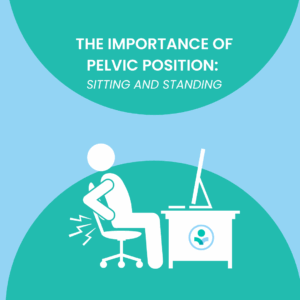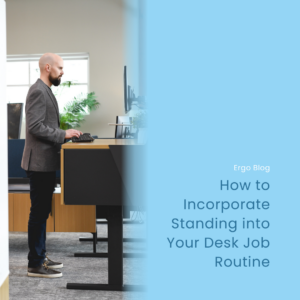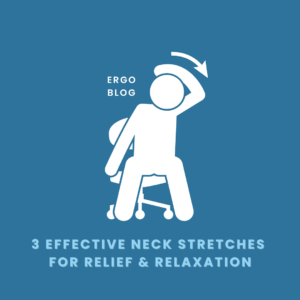Updated: Dec 15, 2022
5 Ergonomic Tips for Setting Up a Receptionist Desk or Point-of-Sale Station
When setting up an ergonomic workstation at your office, much of the emphasis is placed on your position in relation to your office equipment. In a typical office setting, most of your day is spent sitting in front of a computer screen, so things like monitor and keyboard positioning are extremely important to get right.
When setting up a receptionist desk or point-of-sale station, however, the ergonomic recommendations differ slightly. Typically, only a portion of your workday at a receptionist’s desk is spent looking at a computer screen. This doesn’t mean you should ignore proper ergonomic positioning when doing computer tasks at a receptionist’s desk. But you must also consider ergonomics in your interactions with other people and the other daily work routines that accompany receptionist work. To ensure that you have the most ergonomically friendly setup possible, follow these 5 ergonomic tips for setting up a receptionist desk or point-of-sale station.
5 Ergonomic Tips for Setting Up a Receptionist Desk or Point-of-Sale Station
- Adjust the height of your desktop to between 38 and 42 inches. Whether you are seated or standing, your elbows should remain near your sides and be bent at a 90-degree angle when typing. It is helpful to use a height-adjustable desk or height-adjustable pullout keyboard tray, especially if you are shorter or taller than average. This allows you to raise or lower your workstation height to fit your needs throughout the day.
- Use a task stool instead of a standard office chair. If you are dealing with a large amount of traffic at your reception desk, much of your day is probably spent facing clients. You’ll find that using a standard desk and office chair will cause you to sit lower than the clients you are speaking with, causing you to be constantly looking up at them. A task stool allows you to elevate your seated height to be at eye level with your clients when speaking with them, allowing your neck to remain in a neutral position, which is an important ergonomic goal.
- Use an external footrest designed for task stools. Most task stools come with a ring around the bottom on which you can rest your feet. Unfortunately, this ring often creates additional knee flexion, so it is not recommended to use the ring that is attached to your task stool. Instead, use an external footrest designed specifically for task stools. This will help your knees and hips remain at a 90-degree angle while you sit.
- Use an anti-fatigue mat if you are unable to sit at work. If you don’t have the option to use a task stool, use an anti-fatigue mat to help support your lower extremities while you stand. Just be sure you also wear a comfortable pair of shoes to provide additional support. When shopping for an anti-fatigue mat, avoid a mat that is too soft. It may feel nice when you first step onto a soft anti-fatigue mat, but the softer the mat, the harder our bodies must work to maintain balance and an upright position. A firm or medium-firm anti-fatigue mat offers the best support for your musculoskeletal system.
- Position your monitor slightly off to the side. When working at a reception desk or a point-of-sale station, monitor placement can get a little tricky. You must often refer to a monitor while interacting with a client standing on the other side of your desk. If you deal with heavy foot traffic on your job, it is best to angle your monitor slightly off to the side. This will have a similar effect to using a multiple monitor setup and will reduce neck motion when switching your attention from client to screen. If you’re in a situation where foot traffic happens only occasionally, it is best to keep your monitor placed directly in front of you. In both situations, the top third section of your monitor should be at eye level.
Once you have implemented these 5 ergonomic tips, remember that it’s also important that you remember to get up and change positions frequently throughout your workday. Take a couple of minutes every hour to stretch or walk. In doing so, you will be well on your way to improving your ergonomic setup when working at a receptionist desk or point-of-sale station.
Check out our YouTube video below for a visual representation of the blog!



